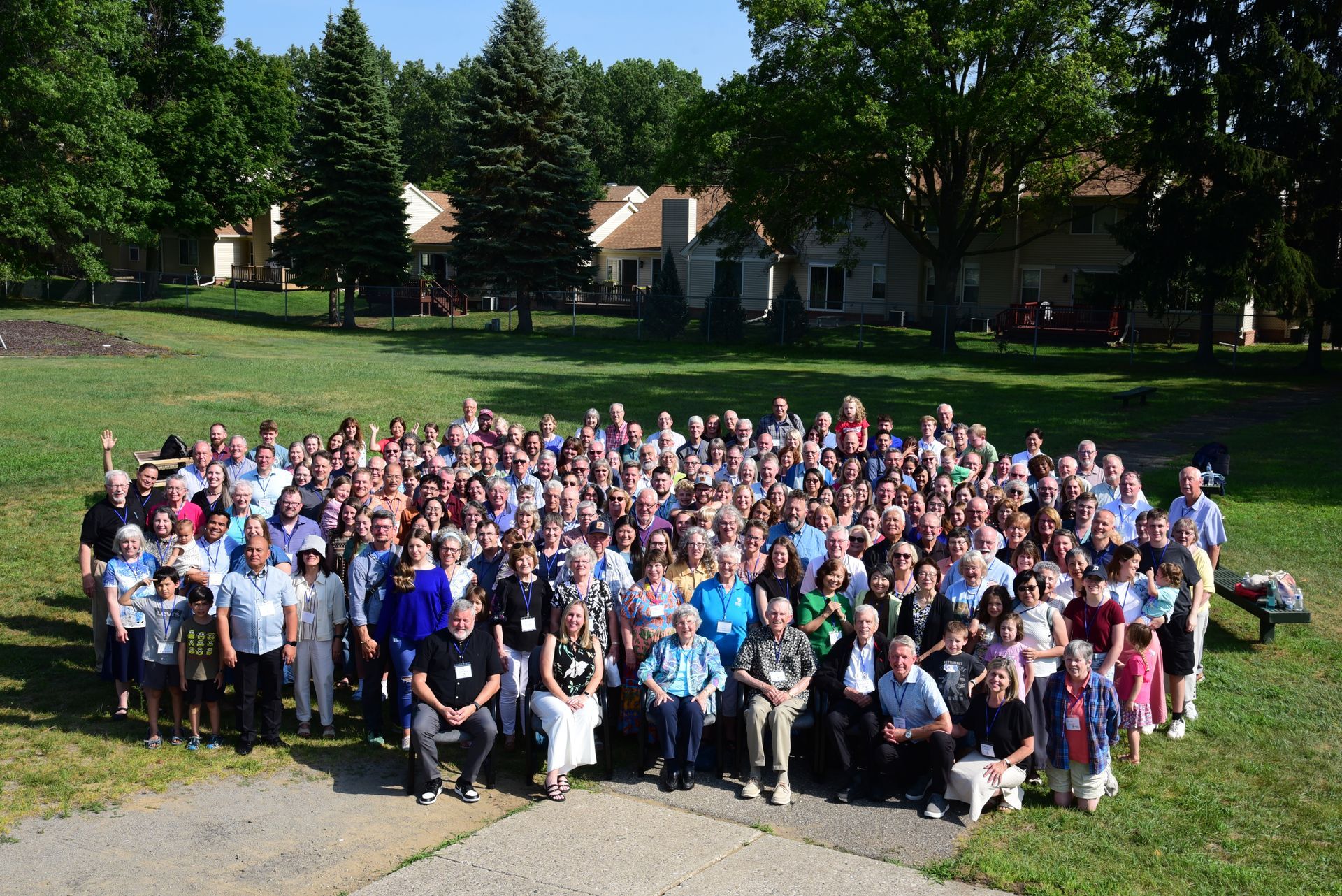
Sharing missions stories: Tips to guide careful communication
By Amy Walters — I received an email recently from some SEND missionaries preparing to visit their future mission field.
“We’ve been encouraged by our church to take many pictures and gather many stories for sharing in newsletters, blog posts, etc.
“Are there any resources you could point us to about how to do that correctly?
“Specifically, how do you gather images of a place in such a way that you don’t take advantage of people or treat them disrespectfully? So that you don’t romanticize or trivialize the work of missionaries already there? So that you give a balanced view of the country, the people, the need, the current work, the missionaries already there, our projected work?
“Aaaaaaah! There seems like so many ways we could unthinkingly misrepresent reality.”
In nine years of training missionaries on how to write newsletters and give presentations, this was the first time anyone had asked me this. To be honest, these are questions I had barely considered myself. And yet, they are probably some of the most important questions we could ask.
Why? Because communication affects relationships. Let me give you some examples.
Word gets around
I once met a young lady from East Asia who had come to Christ through the ministry of a missionary. She shared with me the deep hurt she felt when she discovered very personal details of her story in that missionary’s newsletter. The missionary had never considered that this young woman would read what she wrote. This incident broke trust and profoundly impacted their discipleship relationship.
When you send something out over the Internet, you have very little control over where it will end up and who will read it.
Showing the worst
A short-term missionary took a weeklong trip to a village in Alaska. Upon returning, he wrote a blog post about his trip, highlighting the problems in this village — alcoholism, abuse, and violence. While those were real issues, his choice to only share the negative really upset the people in the village. The situation jeopardized the ministry of the long-term missionary who lived there; it took a long time for him to rebuild trust with the community.
Remember that your communication does not just affect you — it can have ripple effects that harm other missionaries’ ongoing ministry.
Integrity in question
Several years ago, I traveled to a security-sensitive country. While there, I saw seminaries, churches, and Christian aid organizations that were operating with government approval. I was surprised by their ability to minister openly, but came to learn that what is allowed in one part of a country might not be allowed in other regions.
A few weeks later, some missionaries visited our church in the States and shared about their work of smuggling Bibles. They declared definitively that Bibles are not allowed anywhere in the country I had just visited. They also shared stories of careless travel plans that put other believers in jeopardy. They boasted that they had never got in trouble with authorities for their activities.
Their overarching statements contradicted what I had learned and experienced in my time in that same country. It may be true that the region they traveled to did not allow Bibles. But their unequivocal statements about “no Bibles allowed” were exaggerated. These words cast a shadow of doubt over all of their stories and impacted how I, a member of a supporting church, viewed them and their work.
Where to start
This is not to say that we should all just keep quiet. The stories of God’s amazing work around the world need to be heard. The issue is, how do we share them respectfully?
This is the first in a series of articles that explores that question and will hopefully help equip you to build bridges through your communication, instead of burning them.
To begin, here is a snippet of what I recommended to the missionaries who asked for guidance:
- Process what you are seeing, or what you think you are seeing, with the long-term, on-field missionaries. Talk about what you are learning and ask if it is accurate.
- Use pseudonyms for people when you share stories. I always use a different name, usually starting with the next letter in the alphabet.
- Think about how the people you ministered to would react if they saw/heard your presentation.
- Avoid fixating on the negative. It’s easy to talk about lostness, hopelessness, poverty, depression, suicide, doom and gloom. But people are beautiful creations of God and were made to have a relationship with their Creator. Let’s talk about the gospel and taking the gospel to people in a positive light.
- Focus on individual stories, recognizing (and maybe even explicitly stating) that this is one individual’s experience and may not reflect the whole country.
- Where possible, get permission to share someone’s photo or story.
- Ask yourself, if that were a picture of you, would you want it shared with lots of people?
This is part 1 of a two-part series. Read part 2: “Three rules to keep you from falling into the rude foreigner trap.”





